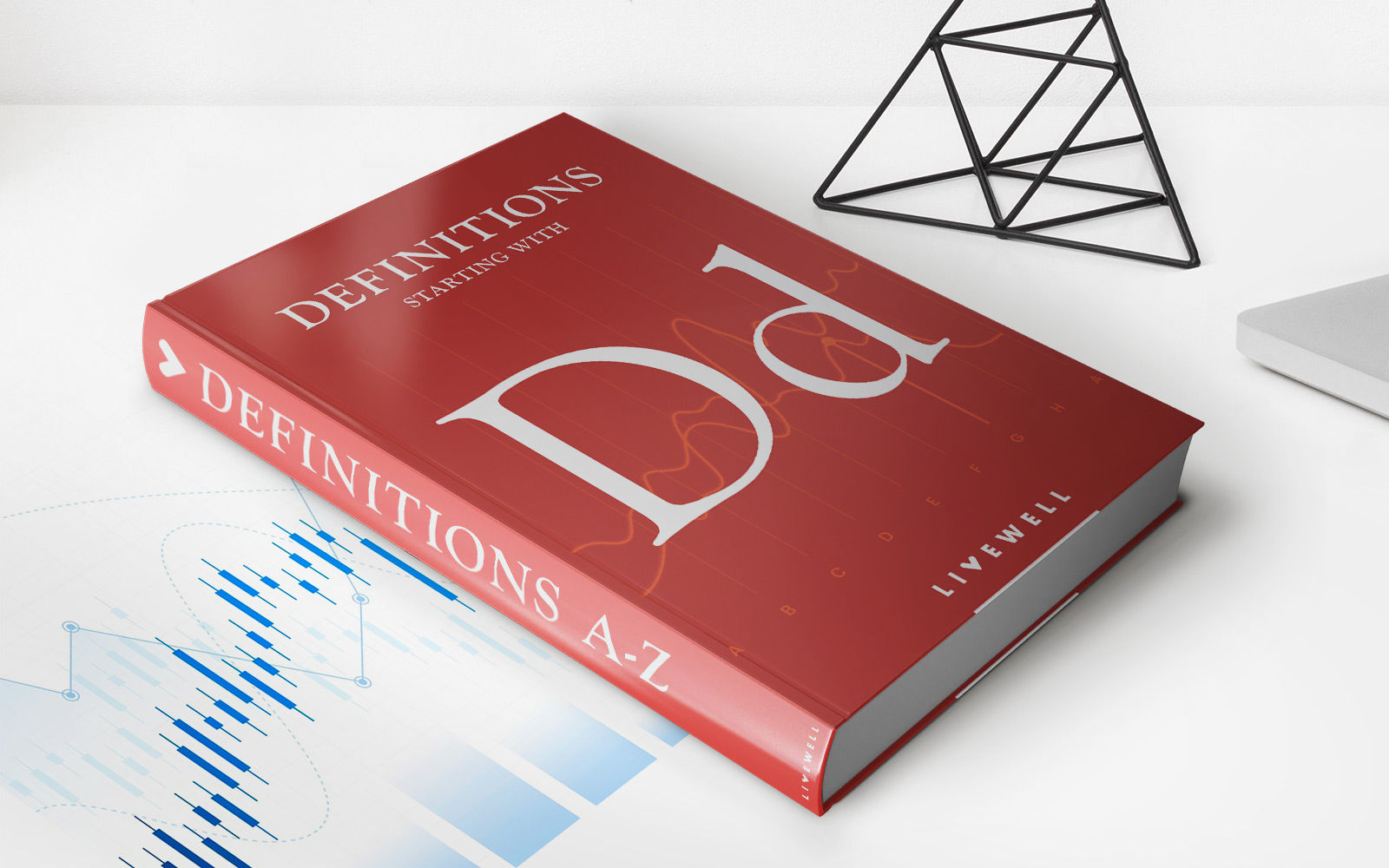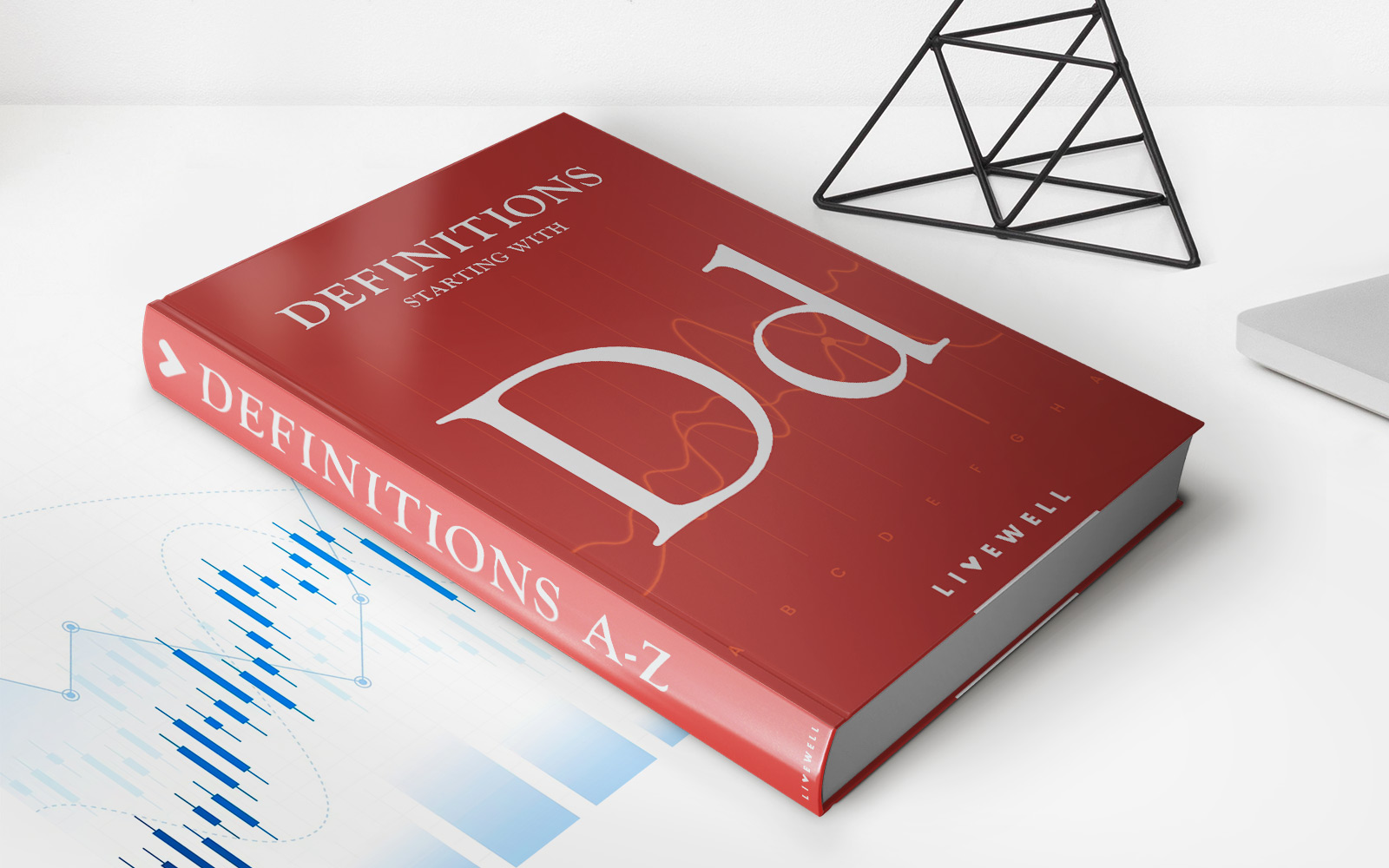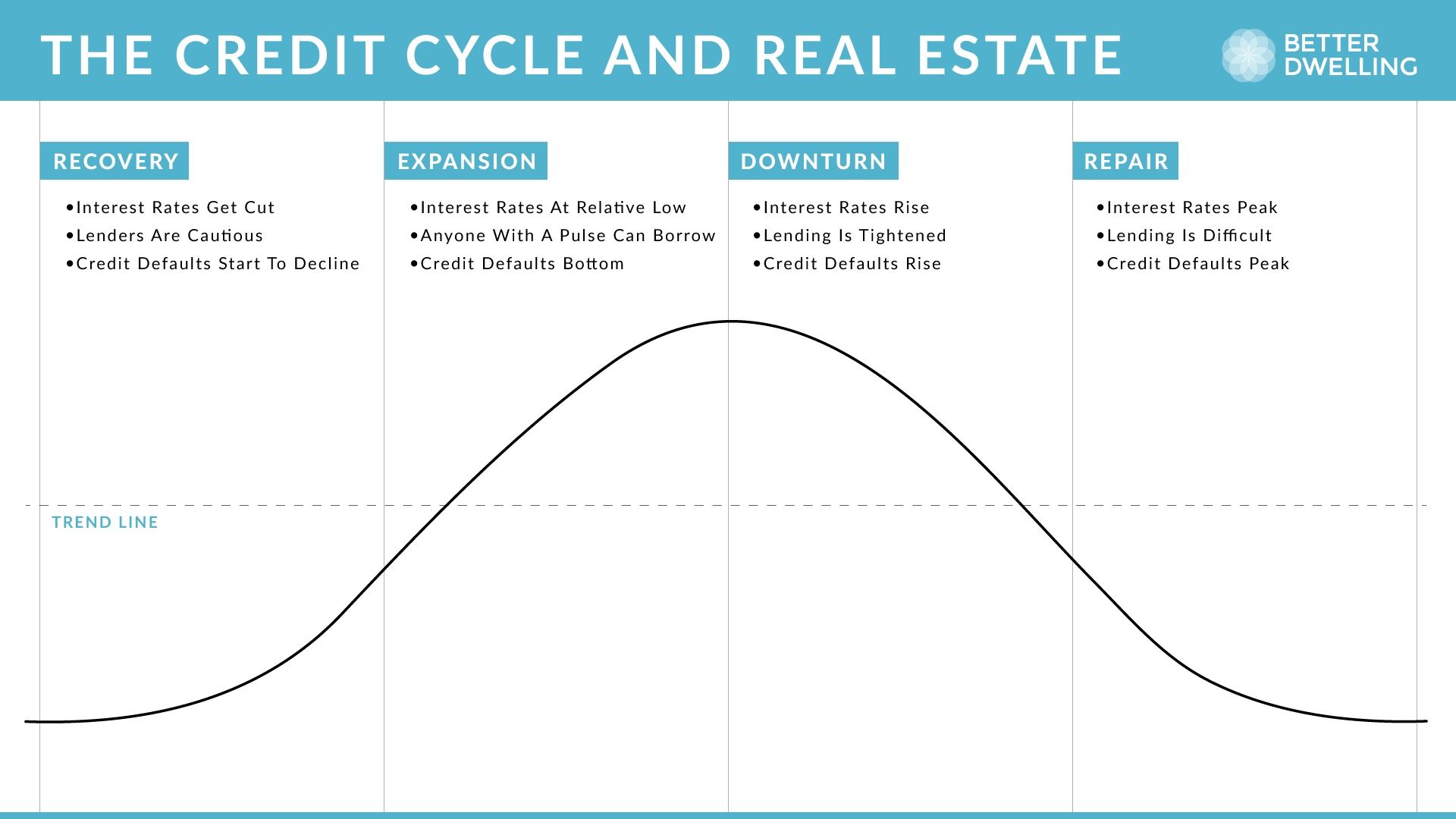

Finance
Edgeworth Price Cycle Definition
Published: November 16, 2023
Learn the definition of Edgeworth Price Cycle in Finance and how it affects market trends. Gain valuable insights and stay ahead in the financial industry.
(Many of the links in this article redirect to a specific reviewed product. Your purchase of these products through affiliate links helps to generate commission for LiveWell, at no extra cost. Learn more)
Understanding the Edgeworth Price Cycle Definition in Finance
When it comes to the world of finance, there are numerous concepts and theories that may seem complex at first. One such concept is the Edgeworth Price Cycle, which plays a crucial role in understanding market dynamics and price fluctuations. In this blog post, we will dive deep into the Edgeworth Price Cycle Definition, its significance in finance, and how it impacts various market players.
Key Takeaways:
- The Edgeworth Price Cycle is a theory in finance that suggests markets tend to experience repetitive cycles of supply, demand, and price fluctuations.
- Understanding the Edgeworth Price Cycle can help finance professionals anticipate market trends and make informed investment decisions.
What is the Edgeworth Price Cycle?
The Edgeworth Price Cycle, named after the renowned economist Francis Edgeworth, refers to the cyclical movement of prices in a market. This theory suggests that markets tend to oscillate between periods of rising prices and falling prices over time.
At its core, the Edgeworth Price Cycle is driven by the interaction between supply and demand forces in a market. As demand increases, prices rise due to a scarcity of goods or services. Consequently, suppliers ramp up production, leading to a surplus and eventually driving prices down. This decline in prices then stimulates demand, starting the cycle anew.
Significance in Finance
The Edgeworth Price Cycle is of great significance in finance as it helps us understand the dynamics of markets and make more informed investment decisions. Here’s why it matters:
- Predicting Market Trends: By studying past price cycles, financial analysts can attempt to predict future trends in a particular market. Recognizing whether a market is at its peak, approaching a downturn, or entering a growth phase can assist investors in devising appropriate strategies.
- Timing Investments: Understanding the Edgeworth Price Cycle can help investors identify the best time to enter or exit a market. Buying low and selling high is a commonly followed strategy, and the Edgeworth Price Cycle assists in identifying those opportune moments.
Conclusion
The Edgeworth Price Cycle is a fundamental concept in the field of finance that sheds light on the cyclical nature of markets. By recognizing the repetitive patterns of supply, demand, and price fluctuations, finance professionals can gain invaluable insights that aid in predicting trends and making smart investment choices. Whether you are an experienced investor or just starting your journey in finance, understanding the Edgeworth Price Cycle can prove to be an essential tool in your decision-making arsenal.














